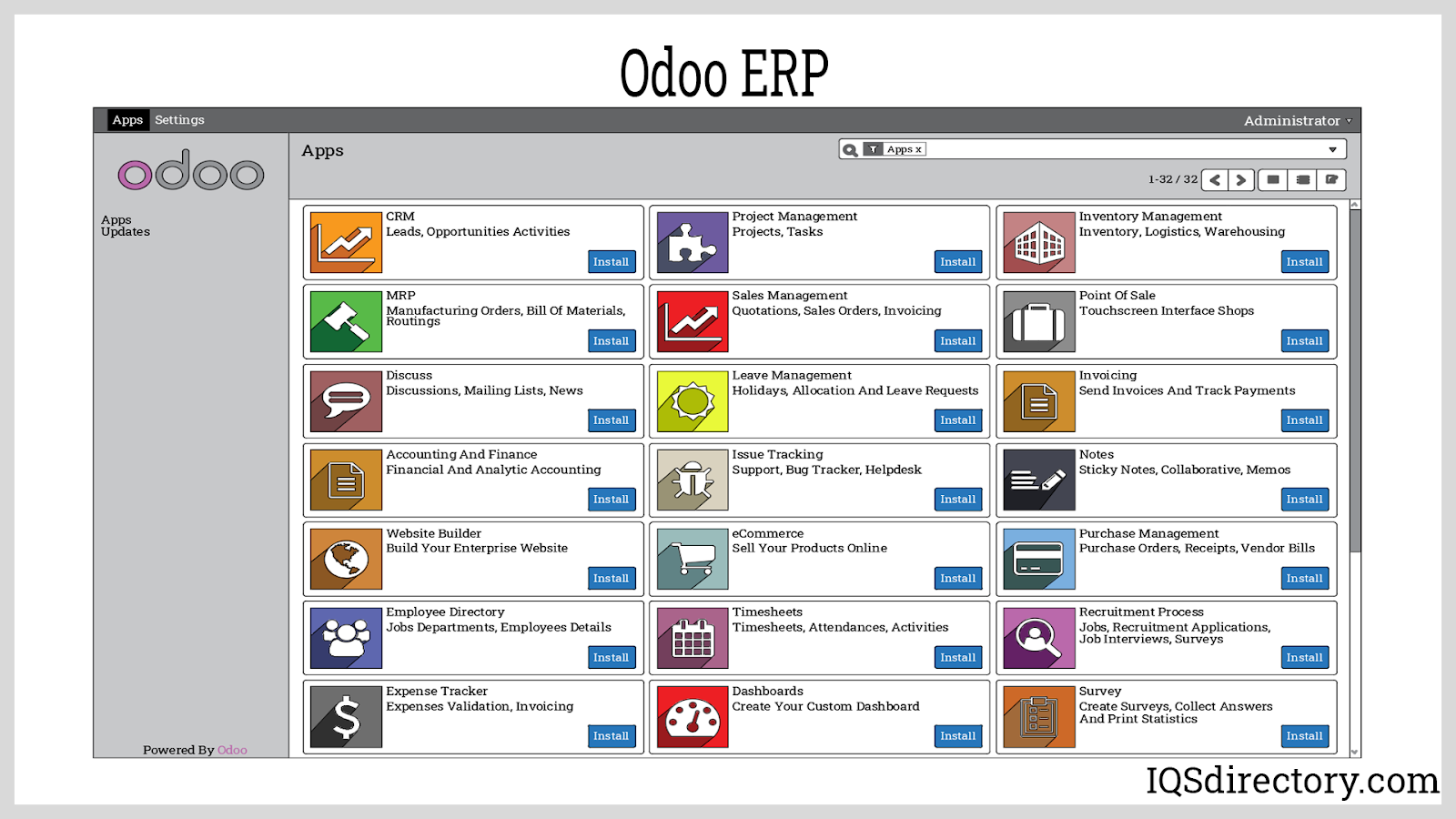You see, a few years back, my business – let’s call it "Growth Spurt Goods" – was, well, sprouting. Orders were coming in, our team was growing, and our spreadsheets… oh, those spreadsheets! They were multiplying faster than rabbits, each one holding a piece of our operational puzzle. Inventory here, customer data there, financial reports somewhere else entirely. My head started spinning. We were productive, yes, but efficient? Not really. It felt like we were driving a Ferrari with square wheels.
That’s when I heard whispers of "ERP." Enterprise Resource Planning. It sounded fancy, intimidating even. But the promise was alluring: a single system to tie everything together, streamline operations, give me a bird’s-eye view of my entire business. It was like magic, a digital nervous system for my company.
The Quest Begins: Drowning in Options
Excited, I dove headfirst into Google. "Best ERP software," I typed. "ERP solutions for small business." "Cloud ERP for manufacturing." What followed was less a dive and more a plunge into a vast, murky ocean of information. Every search result seemed to lead to another vendor, each claiming to be "the best," "most innovative," "industry leader." Logos blurred, features overlapped, and the jargon felt like a foreign language. My initial excitement quickly turned into overwhelm.
I spent weeks, maybe months, sifting through individual websites, downloading whitepapers, watching demo videos that barely scratched the surface. It was like trying to find a specific grain of sand on a beach – without knowing what that grain of sand even looked like! How could I possibly compare apples to oranges when I wasn’t even sure if I needed fruit or vegetables?
My "Aha!" Moment: Discovering the ERP Global Supplier Directory
Then, one particularly frustrating evening, after closing 27 browser tabs related to ERP, a thought sparked. "There has to be a better way," I mumbled to my empty coffee cup. "A place where they’re all listed, compared, categorized."
And that’s when I typed something different: "ERP Global Supplier Directory."
Bingo. It was like finding a secret map to a treasure island. Suddenly, instead of individual vendor websites shouting their praises, I found structured listings. Directories. Some were simple, others incredibly detailed. But they all shared a common purpose: to organize the chaotic world of ERP suppliers into something understandable.
What Exactly Is an ERP Global Supplier Directory? (And Why It’s Your New Best Friend)
Imagine a meticulously organized library, but instead of books, it’s filled with profiles of every major (and many niche) ERP software provider in the world. That, my friends, is essentially an ERP Global Supplier Directory.
It’s not just a list; it’s a comprehensive resource designed to help businesses like mine (and yours!) navigate the complex landscape of Enterprise Resource Planning solutions. Think of it like a Michelin Guide for ERP – it helps you discover, compare, and connect with the right software vendors, no matter where you are or what your business needs.
Here’s why this "directory" quickly became my business superpower:
- A Single Source of Truth: No more jumping between dozens of websites. Everything I needed to start my comparison was in one place.
- Global Reach, Local Impact: The "Global" part is key. My business serves international clients, and I needed an ERP that could handle multi-currency, multi-language, and different regulatory environments. These directories helped me discover vendors with a global footprint, but also those with strong local support in regions important to me.
- Apples-to-Apples Comparison (Finally!): Directories often standardize the information. I could see at a glance what each vendor offered, their target industries, deployment options (cloud vs. on-premise), key features, and even customer reviews or ratings. This made direct comparison so much easier.
- Discovery of Niche Solutions: Before the directory, I only knew the big names. But Growth Spurt Goods has unique needs. The directory opened my eyes to specialized ERPs tailored for specific industries – manufacturing, retail, services, even agriculture! It showed me that a "one-size-fits-all" approach wasn’t my only option.
- Time-Saving Magic: This was perhaps the biggest win. Instead of endless independent research, I could filter, sort, and quickly narrow down my options, saving weeks, if not months, of tedious work.
My Personal Expedition: How I Navigated the Directory
So, how did I actually use this newfound treasure map? It wasn’t just about opening it and picking the first one. It was a structured process, guided by what Growth Spurt Goods truly needed.
-
Defining My Needs (The Compass): Before even touching a filter, I sat down with my team. What were our biggest pain points? Inventory management? Customer relationship tracking? Financial reporting? What was our budget? How many users did we have? Did we prefer a cloud-based solution (accessible anywhere, less IT hassle) or an on-premise one (more control, but more IT responsibility)? This step is crucial; without knowing your destination, any map is useless.
-
Filtering, Filtering, Filtering (Sharpening the Focus): This is where the directory truly shone. I started with broad strokes:

